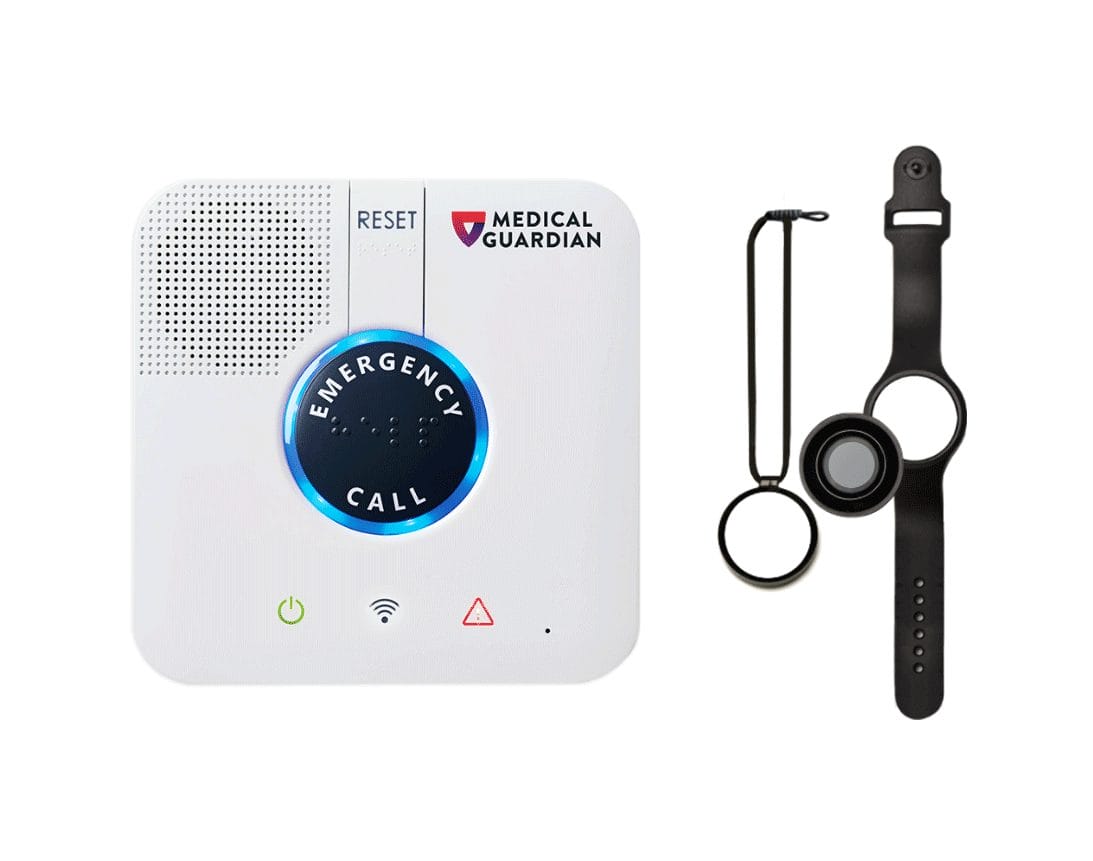
There are many ways to pay for memory care. Someone who needs memory care can utilize their savings, Social Security benefits, pensions, or other retirement income. If personal funds won’t cover all the costs or are not options, other external sources can help cover the cost of memory care.
Insurance
Does Medicare cover memory care costs?
Medicare is a national insurance program that provides health insurance for certain populations of people; one group is adults aged 65 and over. This health insurance program covers certain medical costs. Medicare does not cover the costs of memory care that are not medical.
For example, Medicare does not cover the rent to live in a facility where a person receives memory care. Medicare does cover approved doctor appointments and other medical services the person receives. Depending on the plans the person has, Medicare may help cover certain prescriptions and tests.
To learn if Medicare covers the services a person needs, you can review their Medicare plan or read Medicare’s information on what Medicare covers and what’s not covered by Part A and Part B.
Does Medicaid cover memory care costs?
Medicaid is a national health insurance program for individuals who meet low-income and asset requirements. It is run jointly by the federal government and individual states. The federal government sets some standards and then allows states to decide the services they provide.
Each state has different Medicaid programs for the different types of care they cover. People with Alzheimer’s disease or other forms of dementia may eventually require 24-hour care in a nursing home or similar facility. Medicaid may pay for nursing home care, depending on the state’s program and if the person financially qualifies for Medicaid.
Many, but not all, nursing homes accept Medicaid as payment for residency. It’s important to talk with a prospective nursing home to determine if it accepts Medicaid before moving in. Medicaid may also cover memory care for eligible individuals in other settings.
Contact the appropriate state Medicaid office to determine which services and care are covered.
Does long-term care insurance cover memory care?
Long-term care insurance is a type of insurance policy designed to help pay for personal care (also known as custodial care) in a variety of residential settings.
Long-term care insurance policies vary in what they do and do not cover. Some long-term care insurance policies help pay for personal, nonmedical memory care costs. Consult with the insurance provider to learn what the policy covers.
It’s important to note that once a person is diagnosed with dementia or Alzheimer’s disease, it may not be possible to acquire long-term care insurance. If a person has a long-term care insurance policy before a diagnosis, consult with the insurance provider to learn if and how it can help pay for memory care.
Does life insurance cover memory care costs?
Some life insurance policies can help pay for memory care costs. The main options that can help cover memory care costs include combination products, long-term care riders, accelerated death benefits, life settlements, and viatical settlements. Each type of insurance product works differently, depending on the policy and the policyholder’s situation.
- • Combination products: Some insurance providers offer plans that combine life insurance with long-term care insurance.
- • Long-term care riders: An insurance rider is supplemental coverage added to an existing policy that helps cover unexpected situations. This type of supplemental coverage has rules for when and how the policyholder can use them. For example, the policyholder may need to show that they can not perform two activities of daily living independently, such as bathing, dressing, moving to and from bed, or eating. If the person qualifies to use funds from their policy, the dollar amount is deducted from the amount paid out to beneficiaries after death.
- • Accelerated death benefits (ADBs): Some life insurance policies have accelerated death benefits, which may be used to help pay for memory care. This feature of a policy allows the policyholder to take an advance on the death benefit of the policy. The dollar amount that the policyholder uses while they are still living is deducted from the benefit paid out to beneficiaries after death. A person may be able to use the ADB feature depending on the rules of their policy.
- • Life settlements: Life settlement plans allow the policyholder to sell the policy for its value at the time, and the policyholder can use the funds as they need to. There are age restrictions for using a life settlement (typically 74 years or older for women, 70 years or older for men), and the money may also be taxed. It’s important to note that when a policyholder sells the policy to the settlement company, the company assumes responsibility for paying monthly premiums. It also receives the death benefit upon the policyholder’s death — not the previously named beneficiary.
- • Viatical settlements: Viatical settlement plans are similar to life settlement plans because they allow the policyholder to sell the policy for its value. These plans are different from life settlement plans because different rules apply to them. For example, these plans require that the policyholder has a terminal illness and less than a two-year life expectancy, typically. If the policyholder is approved, the settlement is based on a percentage of the death benefit and the life expectancy.
Each policy has different requirements and rules. It’s important to talk with the policy’s provider to determine what situations the policy will help cover.
Sale of your home or assets
Older adults who are moving into a residential setting with memory care may be leaving one of their largest assets: their homes. While some will want to keep their home in the family, others may want to sell their home. Older adults who sell their homes when moving into residential settings with memory care services may be able to use the proceeds of the sale to fund their memory care expenses.
Veterans benefits
Older adult U.S. military Veterans who meet certain criteria can utilize various benefits to help with memory care costs. Below are a few benefits that can help with senior living expenses:
- • Aid and Attendance benefit: Eligible individuals who apply and are approved receive the Aid and Attendance benefit, which provides monthly payments that can help pay for care. This benefit can help cover a variety of long-term senior care options, including in-home care, memory care, adult day care, nursing home care, and assisted living.
- • Homebound Allowance: Eligible individuals who apply with proof that they have a medical need for assistance or supervision due to a disability and are approved can receive money to help pay for the cost of memory care.
Bridge loans
A bridge loan is a short-term loan that individuals can use to help pay for immediate expenses while they wait for other funding to become available. Typically, these loans are used in commercial industries, like real estate.
ElderLife Financial Services offers its ElderLife Bridge Loan, which is specifically designed for people who need to secure immediate funding for senior care. For example, a person who needs to move to a facility to access memory care may obtain an ElderLife Bridge Loan to pay for residency at the facility while they wait for their home to sell. When the home sells, the person pays off the loan and can use the proceeds from the home sale for their care. This loan helps people access funds immediately so their current financial situation doesn’t prevent them from getting the help they need.
Other financial options
There are other financial options for paying for memory care. Many factors help determine which type of loan is most appropriate: whether the person plans to stay in their home, the type of care the person needs, the person’s financial situation, and the cost of care.
Homeowners can obtain home equity loans, home equity lines of credit (HELOC), and other personal loans to help pay for memory care.
Is memory care tax deductible?
The IRS allows some deductions for unreimbursed long-term care expenses. There are rules, limits, and criteria that must be met. It’s important to consult with an accountant to determine what costs can be tax deductible.
If applicable, some costs that may be tax deductible include:
- • A portion of long-term care insurance premiums.
- • Unreimbursed medically necessary long-term care.
IRS Publication 502: Medical and Dental Expenses indicates the full list of qualifying expenses. A person can claim these and other qualifying expenses only if they itemize their deductions.
Some of the criteria that determine memory care is tax-deductible include:
- • A licensed health care provider determines the person receiving care is chronically ill.
- • Total expenses exceed 7.5% of the person’s adjusted gross income.
It is helpful to know that an adult child can deduct the entire cost of the nursing home if they pay for it, the parent is in a nursing home primarily for medical care, and they claim the parent as a dependent. If the person is in a nursing home not primarily for medical care, then the cost of residency is not deductible, but medical expenses are.








